What do you need to make your own soap?
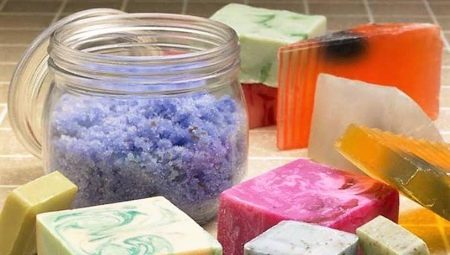
Handmade soap has become a modern creative hobby for many women, children and even men. Someone was so captivated by soap making that it grew into a small private business, and someone began to do this for themselves and their families. Soap at all times has been one of those everyday items, without which it is rather difficult for a person to do. And although in our time there is no shortage of this product, made by hand, it will be very different from what goes on the mass sale.
The ingredients that you add to the composition will be chosen at your discretion - here you can change fillers, all kinds of additives, combinations of colors, smells, shapes. The soap making process is always moment of creativity, some way of self-expression.

Required Ingredients
There are a large number of methods for making soap, as well as the components that make up it. To navigate well in this variety, you need to know a lot. It is sometimes very difficult for a beginner to understand for himself whether this hobby will remain with him for a long time or whether the interest will fade away after 2-3 attempts. For this reason, experienced soap-makers do not advise to immediately purchase a lot of devices and ingredients - it is enough to buy the minimum amount of the essentials in order to try your hand and skill in a new hobby for yourself.
To make soap at home, you will first need training materials. By becoming familiar with the process and its intricacies, you will already have a clearer idea of what you need to purchase as your first soap starter kit. The process of home soap making is gaining momentum in its popularity.
Today there are a sufficient number of retail outlets and online communities where you can buy in free sale not only any ingredient for making almost any kind of soap, but also the simplest starter kits for beginners.
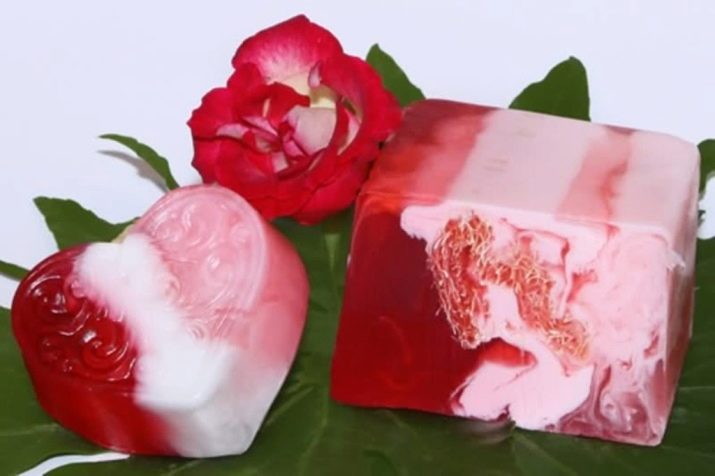
Now let's make a list of those what is needed at the initial stage for soap making.
- Soap base - there are two varieties: one of them is white, and the second is completely transparent. The chemical reagent titanium dioxide is added to the white soap base, due to which the soap turns out to be white and matte. When using a transparent base, the finished soap will also be transparent. If you skillfully combine these two bases with each other, you can get a rather interesting fantasy composition. There are other soap bases, but for a beginner, the two listed by us will be quite enough.
- Dyes - this component dyes the soap in one color or another. Of course, you can do without dye, but with it your soap will look much more interesting and pleasant. When making soap, synthetic food colors are used; they can be water, gel, alcohol or oil based. Choose a dye so that the color of the soap matches its scent.
- Flavors - they are necessary for your soap to be not only visually attractive, but also to have a pleasant scent. Various compositions of synthetic origin or natural essential oils can be used as fragrances.
- Forms for filling - they can be of all possible configurations and sizes. Molds are used to pour the prepared mixture into them, and at the exit the finished product had a beautiful appearance. Molds are made of plastic or silicone.
- Pipette - you will need this tool so that it is convenient for you to measure out small amounts of ingredients.
- Spray - they use it to spray alcohol. With alcohol, the layers in the colored soap are held together, and the alcohol is also needed to prevent bubbles from appearing on the surface of your soap.
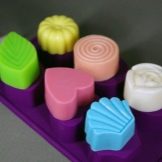
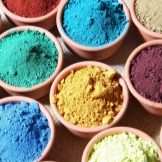

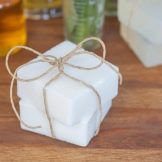
It is with such an assortment that ready-made sets for novice soapmakers are completed. But just one set is not enough. You still have to find a container in which you will carry out the process of cooking and combining all components. Plus, the soap needs to be stirred and poured into molds, which means you'll need a spoon or small scoop.
In addition to starter kits, there are also ready-to-use kits for home soap making with a predefined and well-matched color and smell. In addition to the main ingredients, you can also purchase auxiliary ones - glitter, scrubbing ingredients, dried flowers, natural oils to soften the skin, elegant packaging.
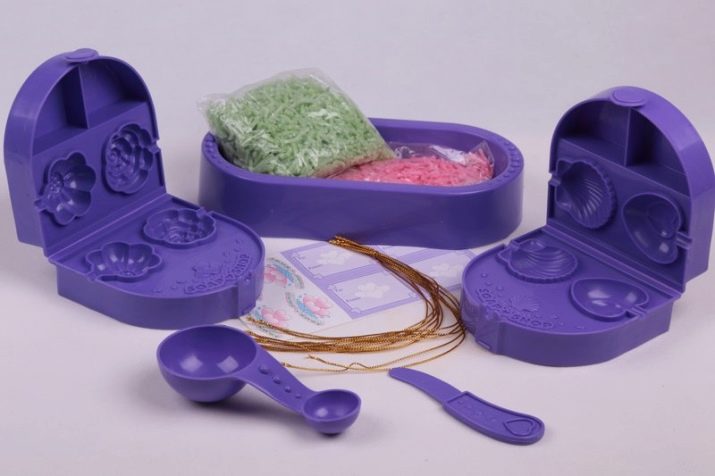
Tools and utensils
To make soap with your own hands at home and do it on a professional level, over time you will need to purchase tools and utensils. It is very convenient to have everything for creativity, so that every time you do not look for where and in what to make your soap.
For handmade soap making at home you need to have:
- electronic scales with an accuracy of the result up to hundredths of a gram;
- thermometer for measuring the temperature of liquids (alcohol or infrared);
- device for grinding and mixing ingredients - mixer, blender;
- measuring containers for determining the volume;
- heat-resistant dishes and containers, resistant to alkali;
- acidity meter;
- knife for cutting the finished product;
- protective equipment - glasses, latex gloves, an apron, a respirator, protective clothing with long sleeves, a scarf or a hat.
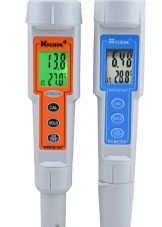
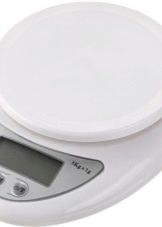
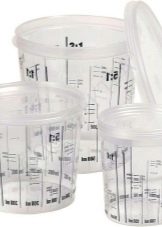
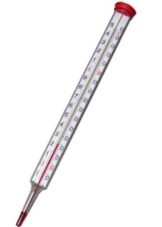
You should be aware that the dishes used to make soap cannot be used for other household purposes, including cooking. Soap making utensils should be stored separately from food and tableware.
If the soap making process becomes your favorite hobby, over time you will acquire various types of oils or other emollient components, you will expand an arsenal of fragrances and aromas, dyes. You will want to experiment with different types of soap base, and in addition, the number of other auxiliary components will increase, without which you cannot make good soap.
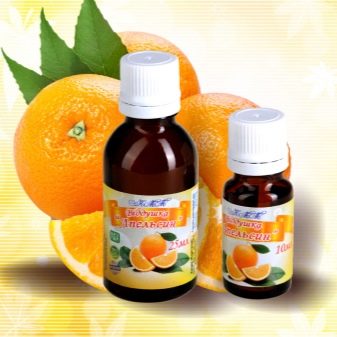
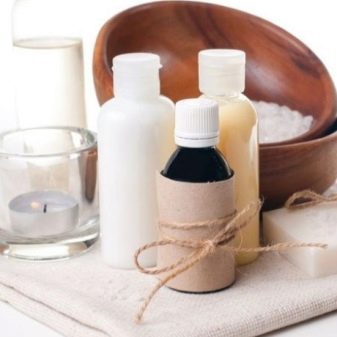
How to choose a base?
The base for soap making is available in solid and liquid form. A liquid base is used to prepare liquid soap, since it does not solidify, and bar soap can be made from a solid solidified base. You can find products from various manufacturers on sale, and depending on this, their properties will differ. Let's list the most popular basics.
- MSR-W and MSR-T (China) - An inexpensive, high-quality base that goes well with oily essential components. This option is the easiest to use, suitable even for beginners.
- MSB-W and MSB-T (China) - the base is easy to use because it does not crumble. The finished product is easily cut with a knife, the soap foams well, and the base retains its transparency during the melting process.
- MySoap-W, MySoap-T (Latvia) - a transparent base, does not dry the skin, but has the disadvantage that it mixes poorly with oil components and does not wash well. Only suitable for experienced soap-makers.
- Crystal SLS Free (England) - transparent base, does not crumble and does not have a smell. It contains no sulfates and does not foam well. Suitable for experienced craftsmen and beginners.
- Crystal NCO ORG (England) - this base contains glycerin, the material has a light creamy shade, it is used for making natural organic soap. Considered ideal for newbie soap makers.
- Transparent base (Russia) has a creamy shade, contains aloe extract, as well as vitamins A and E.
- Zetesap C11 (Germany) - transparent base, very flexible, easy to use. It is considered one of the best for soap making.
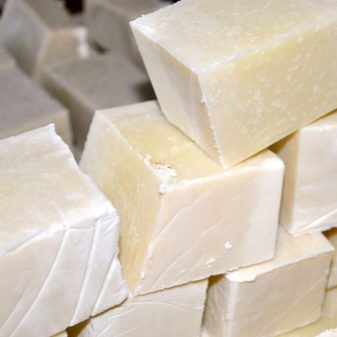

Those who have long mastered the basics of craftsmanship advise beginners to get their hands on an inexpensive Chinese-made basis. The letters T (transparent) and W (white) indicate which base is transparent or white.
By purchasing a soap base, it is best to do this in trusted outlets with good reviews so that there is no substitution of goods. In order to avoid inaccuracy in weight, it is best to take the basis of the factory packaging, a standard briquette is sold weighing 5 kilograms. When buying a product, pay attention to how it looks - on the surface of the base there should be no inclusions and opacities in the form of lumps.
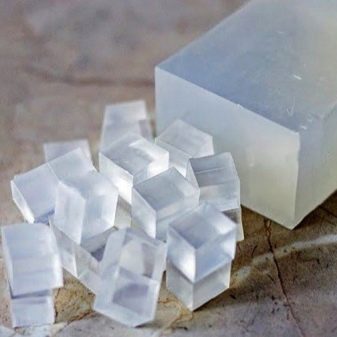
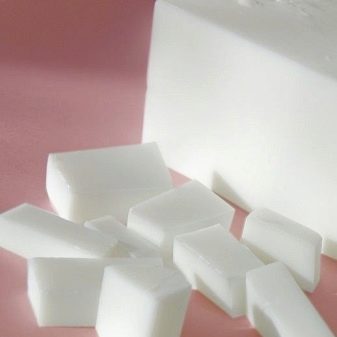
Ready-made sets
The process of soap making is very fond of not only adults, but also children. To create the first pieces of soap with your own hands, a variety of sets for children's creativity are produced. This starter kit consists of simple components in small packages, but this is quite enough for the job.
Here's how the kids starter kit is roughly completed:
- transparent soap base in the form of 2-3 small pieces;
- polyethylene curly molds - 10-12 options;
- liquid dye in small sachets or jars - 4-5 types;
- liquid flavoring in small sachets or jars - 4-5 types;
- small sequins in a plastic bag;
- wooden stick;
- instruction.
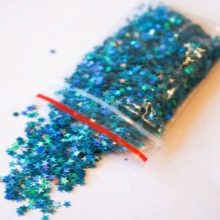
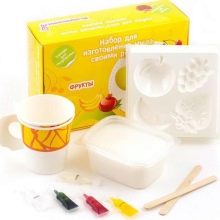
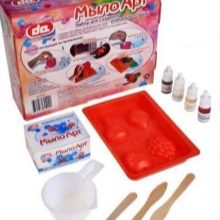
It is quite simple to prepare soap from this set: the base is crushed, placed in a glass, which is placed in a ladle of hot water, then the base is stirred with a stick until it melts, dye, flavor and glitter are added. Next, the resulting mixture is poured into molds. After hardening, the soap is ready.
More voluminous kits may additionally include:
- measuring pipette;
- plastic spoon;
- multi-colored paper for packaging and ribbons;
- soap base of two types - white and transparent;
- natural oil for softening the skin.
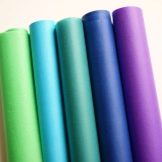
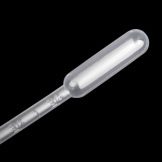
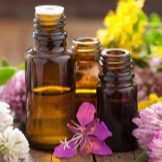
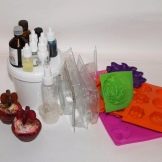
All starter kits are provided for those people who would like to try making soap with their own hands for the first time.As a rule, everyone succeeds in this.
Sometimes it is with such a set that a big real hobby begins, which can develop into a lifelong business.
The following video will tell you what you need to make soap with your own hands.









Thanks!
Many thanks. I am a beginner soap maker, so this is very good information for me.